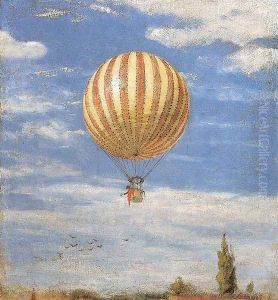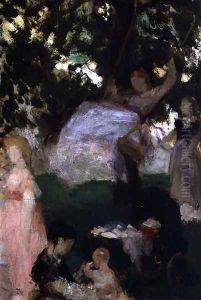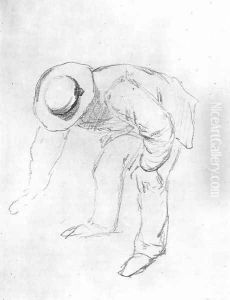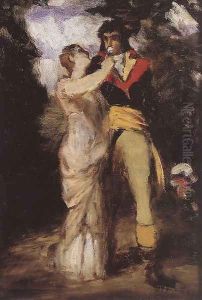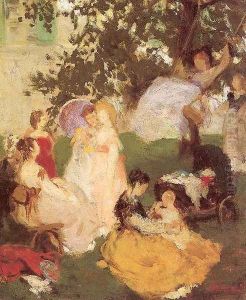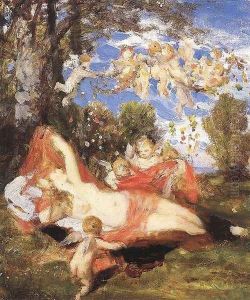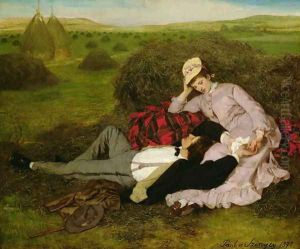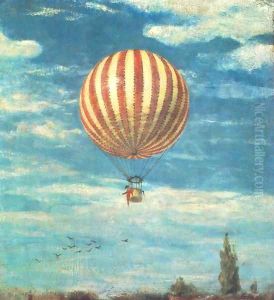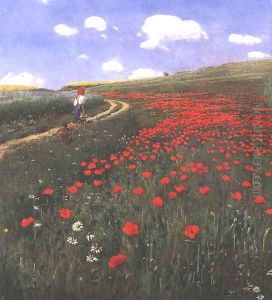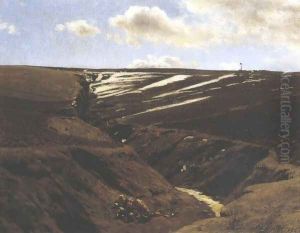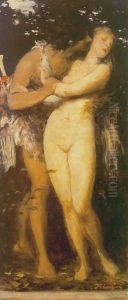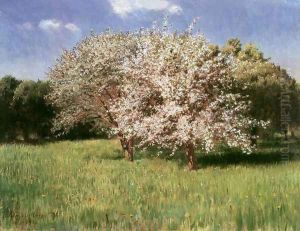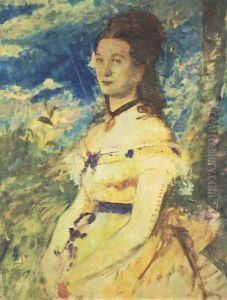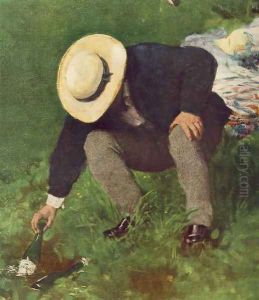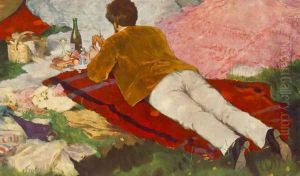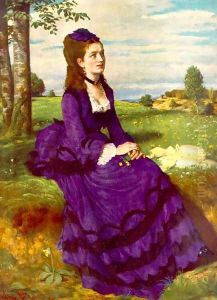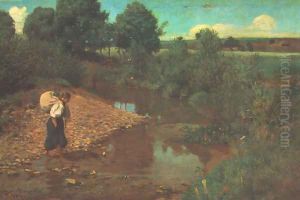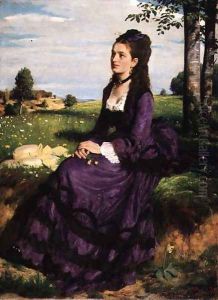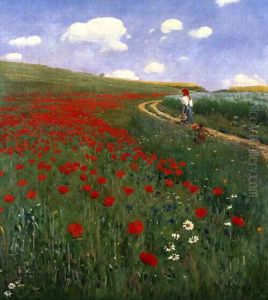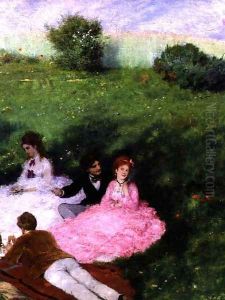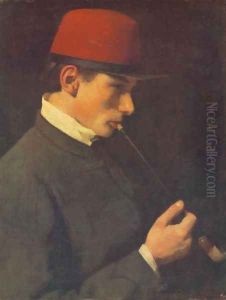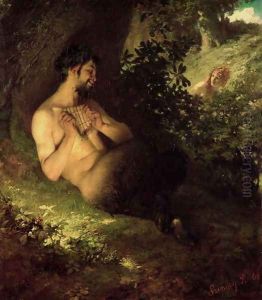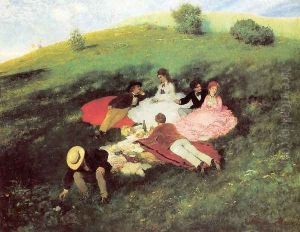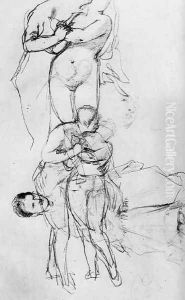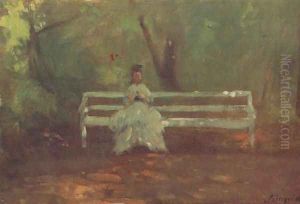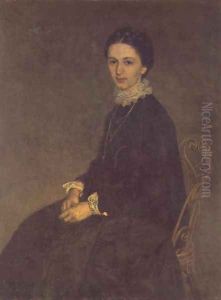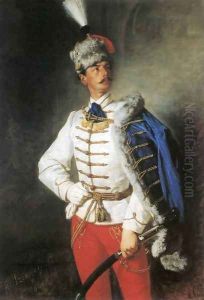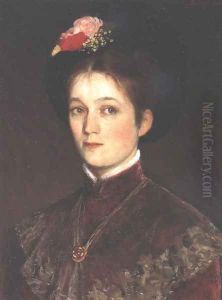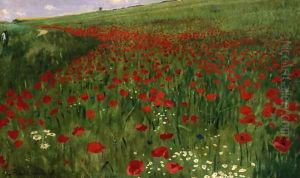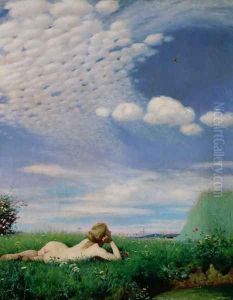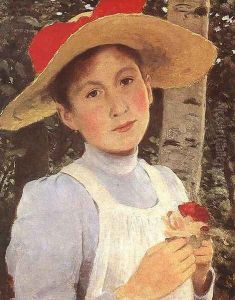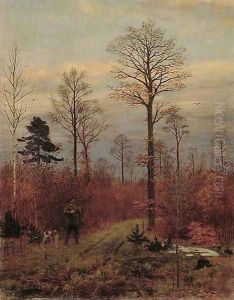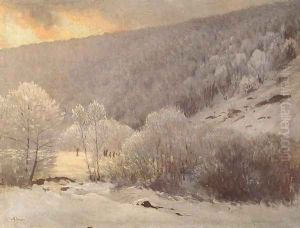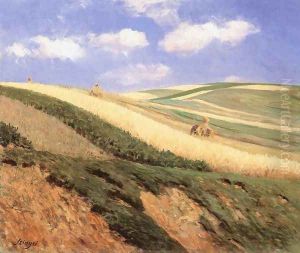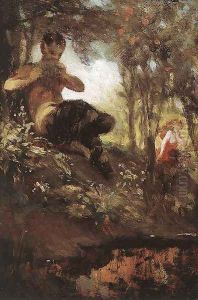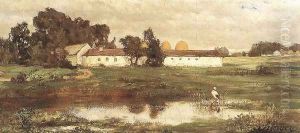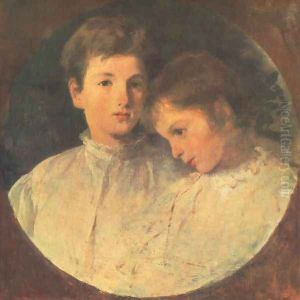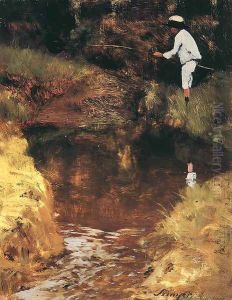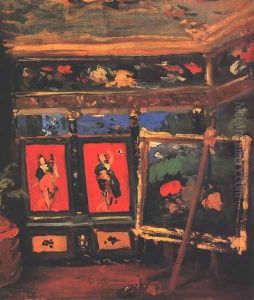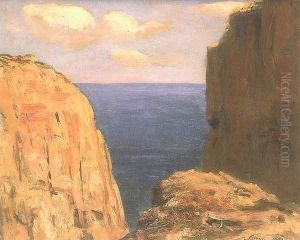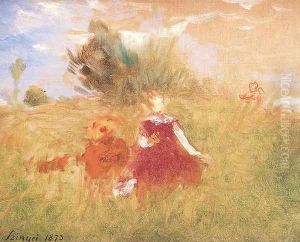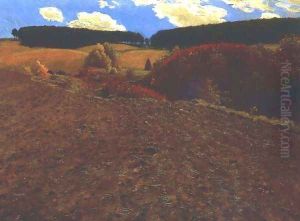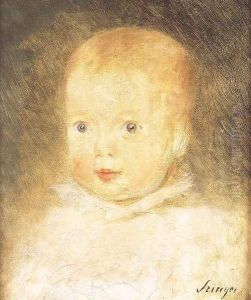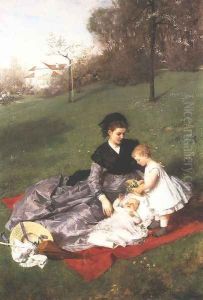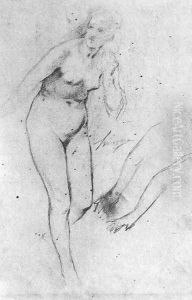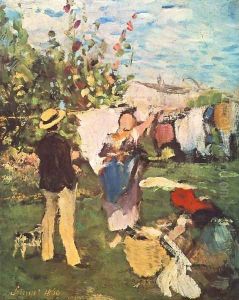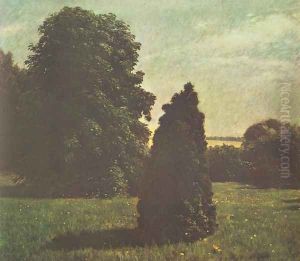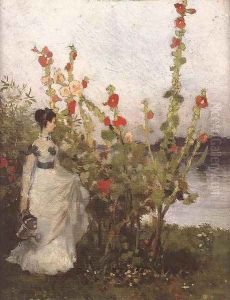Pal Merse Szinyei Paintings
Pál Merse Szinyei was a prominent Hungarian painter, known for being one of the earliest practitioners of Impressionism in Hungary. Born on February 4, 1845, in Szinyeújfalu, Kingdom of Hungary (now Slovakia), Szinyei came from a noble family and was initially educated at home. He later studied at the Munich Academy from 1864 to 1869, where he was influenced by the works of the German Romantic painters.
Szinyei's early work reflected the academic style, but his approach shifted after he became acquainted with the French Impressionist movement. He was particularly inspired by the open-air painting technique, which led him to experiment with light and color. His painting 'The Balloon' (1878) is one of his most famous works and showcases these Impressionist techniques, capturing the effects of sunlight and shadow.
Despite his innovative style, Szinyei struggled with acceptance in the Hungarian art scene, which was conservative and resistant to Impressionism. His work was often met with criticism, and he experienced periods of discouragement. Nevertheless, he continued to develop his art, and eventually, his contributions were recognized as pivotal in bringing modern artistic movements to Hungary.
In addition to his painting, Szinyei played a significant role in Hungarian cultural life. He was involved in various art organizations and became a significant advocate for the development of Hungarian art. Szinyei's later years were marked by increased recognition and honors, including his election to the Hungarian Parliament as a representative of artists and intellectuals.
Pál Merse Szinyei passed away on March 2, 1920, in Budapest, Hungary. Today, he is celebrated as one of Hungary's most important artists, and his works are held in high esteem in Hungarian and European art collections. His legacy is a testament to the integration of Western artistic innovations into Hungarian art and culture.
